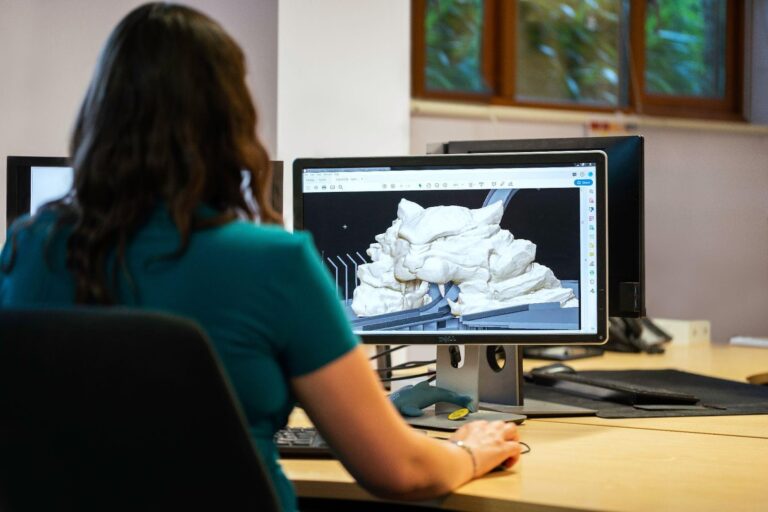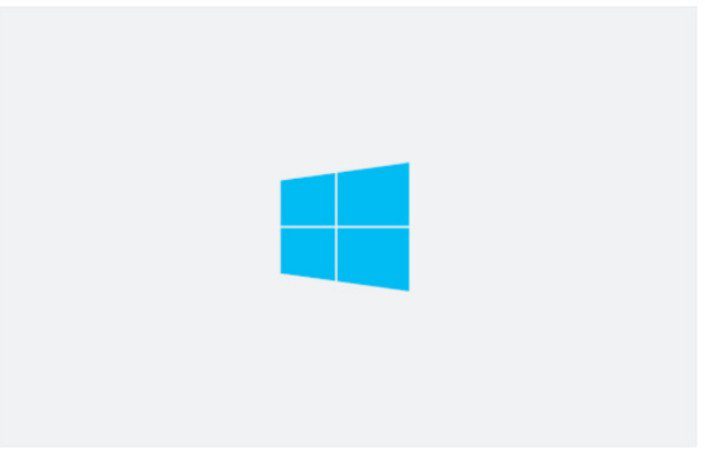- 1. The Importance of Thermal Modeling in Construction
- 2. Advanced Software for Junction Analysis
- 3. Features of PSI Value Software
- 4. Benefits of Thermal Modeling Tools
- 5. Integration with Building Information Modeling (BIM)
- 6. User-Friendly Interface and Reporting
- 7. Case Studies and Real-World Applications
- 8. Conclusion: The Future of Thermal Efficiency
The construction industry continually seeks advancements in technology to enhance building efficiency and performance. One such innovation is in the realm of thermal modeling, particularly for construction junctions. Software tools, including specialized PSI value software, are revolutionizing how professionals approach building design and thermal modelling. These tools play a crucial role in predicting and improving the thermal performance of building junctions. Let’s explore the latest innovations in thermal modeling software and tools for construction junctions.
The Importance of Thermal Modeling in Construction
Addressing Energy Efficiency
Thermal modeling is essential for creating energy-efficient buildings. By accurately predicting thermal behavior at junctions — where walls meet roofs, floors, and other elements — these tools help in designing structures that minimize heat loss and reduce energy consumption.
Advanced Software for Junction Analysis
Innovations in Thermal Modeling
Recent advancements in thermal modeling software specifically address the complexities of construction junctions. These software tools can accurately calculate thermal transmittance and identify potential thermal bridges, crucial for ensuring overall building energy efficiency.
Features of PSI Value Software
Enhancing Junction Performance
This software specializes in calculating the thermal performance of construction junctions. It provides detailed analysis and visualization of heat flow through junctions, enabling architects and engineers to design more energy-efficient buildings. This software is instrumental in optimizing junction design to meet or exceed energy performance standards.
Benefits of Thermal Modeling Tools
Improved Building Design and Sustainability
The use of thermal modeling tools in construction junctions offers numerous benefits. These include enhanced energy efficiency, reduced risk of condensation and mold growth, and improved indoor environmental quality. By enabling precise calculations and predictions, these tools contribute significantly to sustainable building design.
Integration with Building Information Modeling (BIM)
Streamlining Design Processes
The integration of thermal modeling tools with Building Information Modeling (BIM) systems marks a significant advancement. This integration allows for a seamless design process, where thermal performance is considered alongside other architectural and engineering aspects. It leads to more comprehensive and efficient building designs.
User-Friendly Interface and Reporting
Making Thermal Analysis Accessible
Modern thermal modeling software often features user-friendly interfaces and comprehensive reporting capabilities. This accessibility ensures that professionals across the construction industry can effectively utilize these tools, regardless of their specific expertise in thermal dynamics.
Case Studies and Real-World Applications
Demonstrating Impact and Effectiveness
Case studies showcasing the real-world application of thermal modeling software for construction junctions are testament to their impact and effectiveness. These studies often illustrate significant improvements in building energy performance, validating the software’s role in modern construction practices.
Conclusion: The Future of Thermal Efficiency
In conclusion, innovations in thermal modeling software for construction junctions are playing a critical role in advancing the construction industry towards greater energy efficiency and sustainability. Tools like these not only enhance the thermal performance of buildings but also streamline the design process, integrating seamlessly with broader architectural and engineering workflows. As the industry continues to prioritize energy efficiency and sustainable practices, these innovations in thermal modeling are set to become even more integral in the design and construction of buildings.







